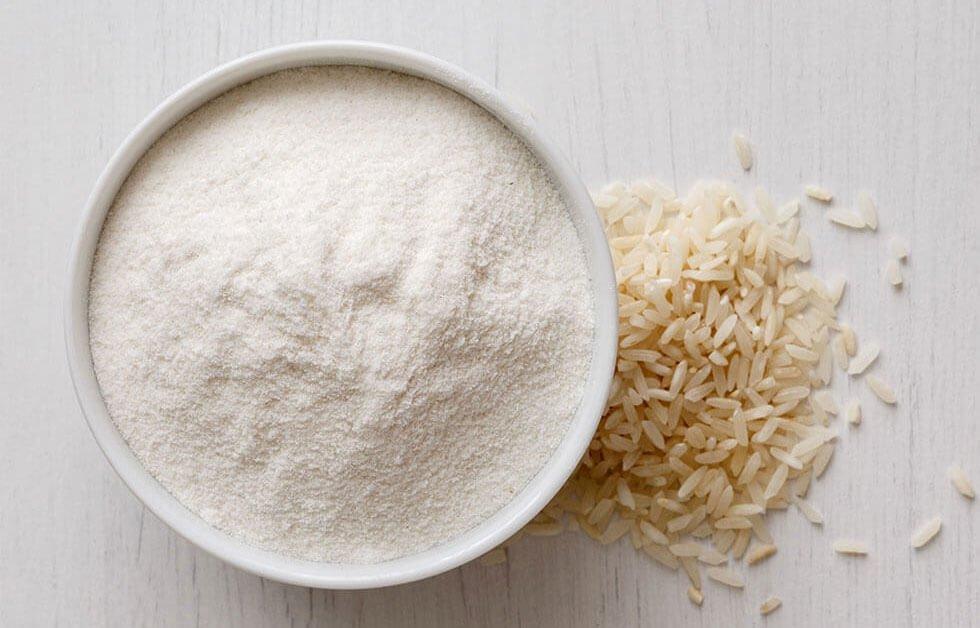Native Starch Market Analysis: Comparative Study of Traditional and Modern Processing Methods

The native starch market, once rooted in rudimentary agricultural techniques, has evolved significantly due to advancements in processing technologies. Traditionally extracted using simple mechanical and water-based methods, native starch production has gradually incorporated innovative, energy-efficient, and more sustainable technologies. A comparative analysis of traditional versus modern processing methods reveals not only a shift in operational efficiency but also in the quality, functionality, and environmental impact of native starch.
Traditional Processing Methods: Simplicity and Accessibility
Traditional methods of native starch extraction typically involve manual or low-tech processes such as grinding, soaking, sedimentation, and sun drying. These techniques are still prevalent in many rural areas and small-scale operations, especially in developing regions where infrastructure and capital are limited.
Key Features of Traditional Methods:
-
Low Cost and Accessibility: Minimal equipment and capital investment make these methods feasible for smallholders and community-based enterprises.
-
Natural and Chemical-Free: The reliance on water and basic mechanical force aligns well with clean-label requirements and organic processing standards.
-
Localized Production: Traditional techniques often support local economies by using regionally available crops like cassava, maize, or rice.
Challenges:
-
Inconsistent Quality: Manual processes can lead to variability in starch purity, texture, and moisture content.
-
Labor-Intensive: These methods require significant manual effort, slowing down production and limiting scalability.
-
Water Usage and Waste: Large volumes of water are often used without efficient recycling systems, contributing to environmental concerns.
-
Short Shelf Life: Inadequate drying and microbial contamination risks can affect the storage and longevity of the starch.
Modern Processing Methods: Efficiency and Precision
Modern starch processing has shifted toward automated, high-efficiency techniques that focus on improving yield, purity, consistency, and environmental sustainability. These methods use a combination of advanced machinery, biotechnology, and smart resource management systems.
Common Modern Techniques Include:
-
Centrifugal Separation: Enhances the speed and efficiency of starch separation from fiber and protein, resulting in higher purity.
-
Enzymatic Processing: Selective use of enzymes helps break down non-starch components, increasing the starch yield while maintaining its native properties.
-
Microwave-Assisted and Ultrasound-Assisted Extraction: These technologies reduce processing time and energy usage, improving overall efficiency and starch granule integrity.
-
Closed-Loop Water Systems: Modern facilities often include water recycling and waste treatment units to minimize environmental impact.
Advantages:
-
Consistent Product Quality: Automated control systems and real-time monitoring ensure uniformity in moisture levels, granule size, and whiteness.
-
Scalability and Speed: High-throughput systems allow for large-scale production that can meet industrial and global demand.
-
Sustainability: Energy-efficient machinery and reduced chemical use contribute to a smaller ecological footprint.
-
Better Functional Properties: Advanced techniques help preserve the natural structure of starch, enhancing its application in sensitive food and pharmaceutical products.
Challenges:
-
High Capital Investment: Initial setup costs for modern equipment and technology can be a barrier for small and medium enterprises.
-
Technical Expertise Required: Operation and maintenance of modern processing units require trained personnel and skilled labor.
-
Dependence on Infrastructure: Consistent energy and water supply, along with proper logistics, are crucial for modern operations.
Market Implications of the Processing Shift
The choice between traditional and modern processing methods has direct implications for the market positioning and application of native starch. Traditional methods cater to niche and regional markets that value artisanal and organic products, while modern methods support mass production and international trade.
For industries such as food manufacturing, pharmaceuticals, and packaging, where quality, consistency, and safety are paramount, starch processed with modern technologies is the preferred choice. Conversely, there remains a strong market for traditionally processed starches in regional cuisines, organic food sectors, and small-scale industries.
Moreover, as regulatory standards tighten and sustainability becomes a non-negotiable factor, modern processing is gradually becoming the industry benchmark. Companies adopting these technologies are better positioned to meet international quality certifications, reduce waste, and appeal to environmentally conscious consumers.
Conclusion
The native starch industry stands at the intersection of tradition and innovation. While traditional processing methods continue to play an important role in localized and organic markets, modern technologies are setting new standards for quality, efficiency, and sustainability. A balanced approach one that leverages the accessibility of traditional methods and the precision of modern techniques may offer the most inclusive and resilient path forward for the native starch market globally.
- Art
- Causes
- Crafts
- Dance
- Drinks
- Film
- Fitness
- Food
- Παιχνίδια
- Gardening
- Health
- Κεντρική Σελίδα
- Literature
- Music
- Networking
- άλλο
- Party
- Religion
- Shopping
- Sports
- Theater
- Wellness


